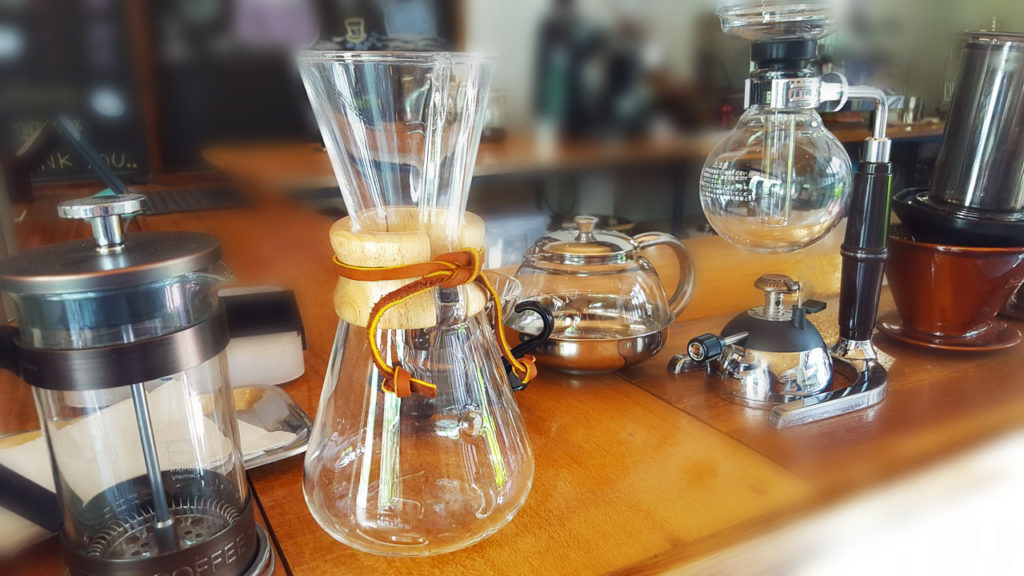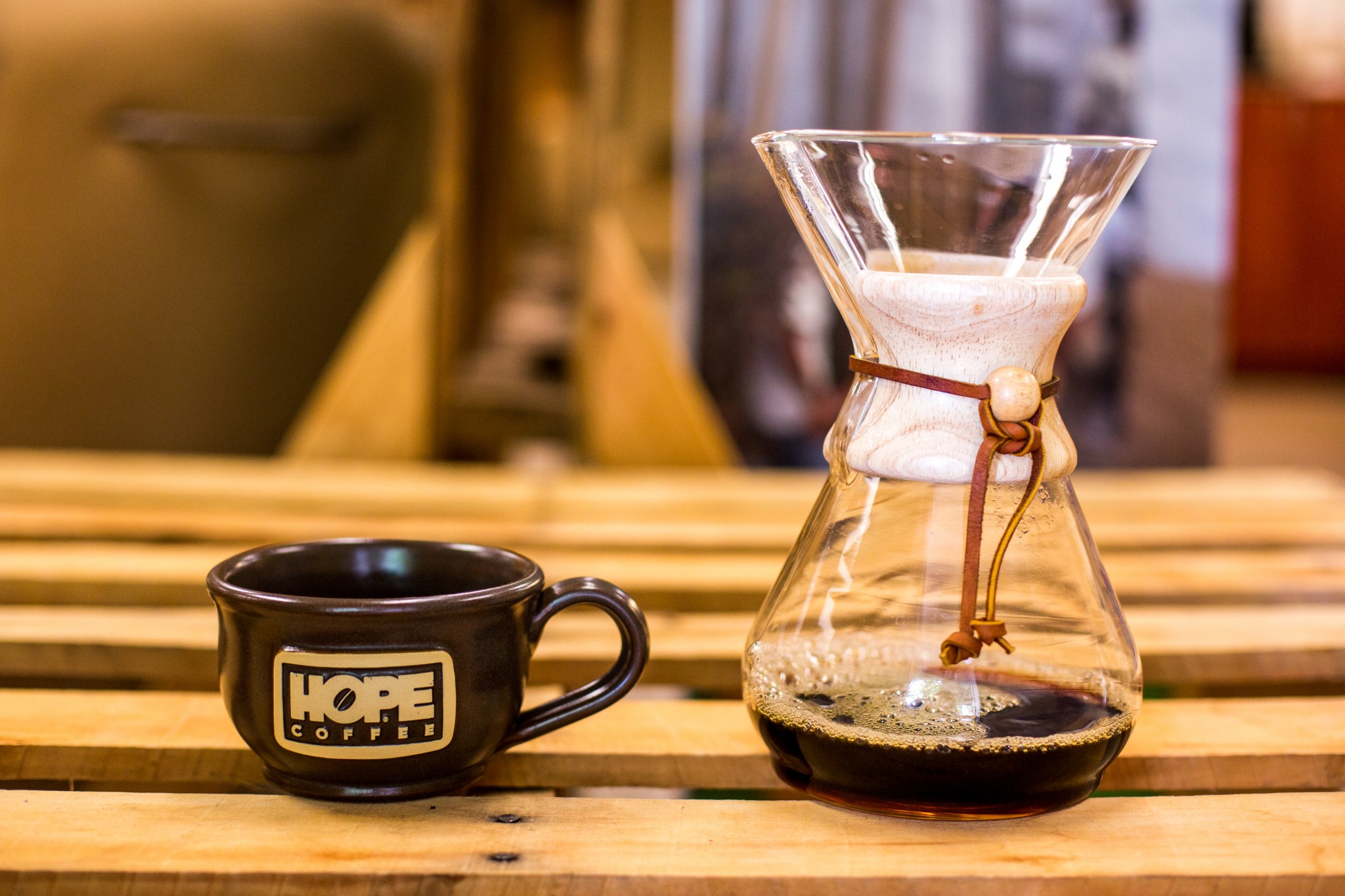The Impact of Various Coffee Brewing Methods on Taste and Aroma
The Impact of Various Coffee Brewing Methods on Taste and Aroma
Blog Article
Discovering the Art of Coffee Developing: A Comprehensive Guide to Perfecting Your Mug
The art of coffee developing is a multifaceted self-control that merges science with personal expression, where the option of beans, water top quality, and brewing techniques merge to create a refined sensory experience. Understanding the nuances of different coffee beans, specifically the distinctions between Arabica and Robusta, is essential for any kind of connoisseur. The option of appropriate tools and thorough interest to brewing specifications can significantly affect the last outcome. As we discover these aspects, one must take into consideration how even small adjustments can bring about extensive adjustments in flavor and scent-- what might these modifications expose concerning your suitable cup?
Understanding Coffee Beans
To genuinely appreciate the art of coffee developing, one must initially understand the foundational component: coffee beans. These little seeds, generally originated from the Coffea plant, are crucial in identifying the taste account, aroma, and total high quality of the brewed drink. Coffee beans mostly fall under two groups: Arabica and Robusta. Arabica beans, known for their fragile tastes and higher acidity, are typically preferred by aficionados. On the other hand, Robusta beans possess a stronger, much more bitter taste and greater caffeine web content, making them ideal for coffee blends.

Additionally, the processing approach-- whether cleaned, all-natural, or honey-- influences the beans' last preference. Understanding these aspects allows makers to select the ideal beans that line up with their favored flavor profile, eventually enhancing the coffee developing experience. coffee brewing methods. This understanding is essential for anyone aspiring to master the craft of making the perfect mug of coffee
Brewing Techniques Discussed
Lots of enthusiasts discover that the option of developing method substantially impacts the final taste and fragrance of their coffee. Each approach uses different extraction strategies, influencing the coffee's personality and richness.
Drip developing, among the most preferred approaches, utilizes an equipment to drip warm water through ground coffee, generating a regular and tidy mug. French press, on the various other hand, immerses coffee grounds in warm water, enabling a fuller body and more durable flavor, as oils and great particles stay in the mixture.
Pour-over developing supplies a thorough technique, where water is by hand put over coffee premises, enabling exact control over removal time and temperature, resulting in a intense and nuanced mug.
Espresso, a focused coffee brewed under pressure, is recognized for its solid flavor and creamy texture, working as the base for various coffee drinks, including lattes and cappuccinos.
Crucial Equipment Needed
What devices is necessary for making an excellent cup of coffee? The structure of any type of successful coffee developing procedure depends on top quality devices tailored to your preferred technique. To start with, a reputable coffee mill is crucial; newly ground beans significantly improve company website taste and scent. Decide for a burr mill, which makes certain uniform particle size, vital for optimum extraction.
Next, consider your brewing gadget. Alternatives vary from drip coffee machine and pour-over configurations to French presses and coffee makers. Each technique uses distinctive taste accounts and developing techniques, so choose one that straightens with your preference preferences.
A specific range is additionally very useful, enabling you to gauge coffee and water accurately, which is vital for uniformity. Furthermore, a thermostat can assist keep track of water temperature, as it straight influences removal top quality.
Learning Water Top Quality
The top quality of water made use of in brewing coffee plays a significant function in identifying the final flavor profile of the cup. Various aspects add to water top quality, consisting of mineral content, pH degree, and total pureness. Ideally, water needs to be devoid of pollutants and contaminations, as these can adversely impact the preference of coffee.
Minerals, such as calcium and magnesium, improve the removal of flavors from the coffee grounds, while maintaining a well balanced pH degree-- around 6.5 to 7.5-- is essential for ideal removal. Water that is too soft might cause under-extraction, leading to weak or sour tastes, while excessively difficult water can create a bitter or extreme mug.
For the very best outcomes, filtered water is advised, as it decreases the existence of chlorine and other unfavorable materials commonly found in faucet water. Additionally, consider using water with an Overall Dissolved Solids (TDS) degree in between 150-200 ppm, which is normally optimal for coffee developing. By mastering water high quality, you can lay a strong structure for attaining useful reference a constantly superb mug of coffee, permitting the special features of your picked beans to shine through.

Tips for Taste Improvement
Enhancing the flavor of your coffee can considerably boost your developing experience and bring out the distinct nuances of your selected beans. To accomplish this, take into consideration several vital variables that affect taste.
First of all, the grind size plays an essential duty. A finer grind enhances extraction, resulting in bolder tastes, while a coarser work yields a milder cup. coffee brewing methods. Adjust your work according to your developing approach to attain ideal results
Secondly, try out brew time. Over-extraction can lead to bitterness, while under-extraction outcomes in a sour preference. Aim for a brew time that stabilizes these extremes, typically between 2 to four mins, relying on your technique.
Brewing with water that is also warm can swelter the coffee, while water that is as well great might fall short to remove appropriate taste. In conclusion, the art of coffee brewing is a diverse method that requires a deep understanding of different aspects, including bean choice, brewing methods, and water quality. By incorporating these parts, coffee lovers can elevate their brewing methods, resulting in a mug that not just satisfies personal choices yet additionally showcases the abundant intricacy of coffee flavors.
The art of coffee brewing is a multifaceted technique that merges scientific research with individual expression, where the choice of beans, water top quality, and brewing techniques converge to create a refined sensory experience.To truly appreciate the art of coffee developing, one have to initially understand the foundational aspect: coffee beans. Brewing with water that is also warm can blister the coffee, while water that is also trendy may fall short to remove appropriate flavor. In verdict, the art of coffee developing is a multifaceted practice that calls for a deep understanding of various components, consisting of bean selection, developing techniques, and water high quality. By incorporating these parts, coffee fanatics can elevate their brewing methods, her comment is here resulting in a mug that not only pleases personal preferences yet also showcases the abundant complexity of coffee flavors.
Report this page